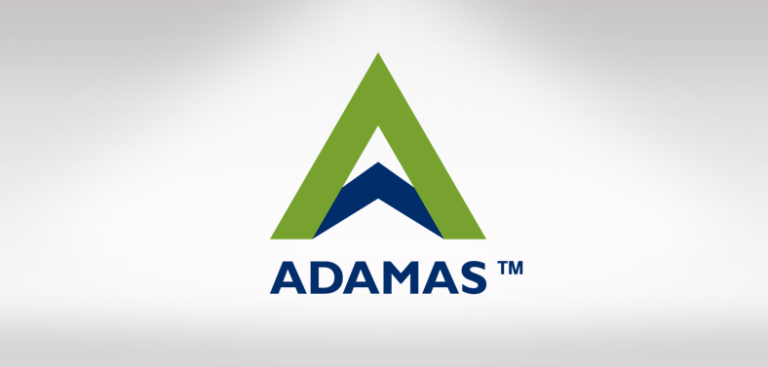
On February 24, 2016, Adamas Pharmaceuticals Inc (NASDAQ:ADMS) opened the session at a little over $14 a share. By session close, it traded for $12.80 – a 13.5% decline in one day. The decline came off the back of the company’s fourth quarter and full year 2015 financials release, in which the Adamas reported a full year net loss of $51.8 million and $10.6 million for the final quarter of the year, on negligible revenues.
It’s a development stage biotech, of course, with a couple of late stage trials on its roster, so this sort of release shouldn’t really come as a surprise. Very rarely does a biotech in this stage of its operations generate substantial revenues (the only ones that do are ones with research grants, milestone payments etc.) and it’d be practically impossible to uncover one in this position that reports a FY net black bottom line. However, and as mentioned, likely fuelled by a backdrop of wider market uncertainty, Adamas is down on the data.
Click Here For More Market Exclusive Updates & Analysis
The question is, does this pullback represent an opportunity to get in at a discount on an oversell, or is the correction merely a re-pricing to bring the company’s market capitalization in line with a fair representation of its underlying fundamentals? Let’s have a look.
First, a look at the company’s pipeline. Adamas’ pipeline revolves around one lead product in a couple of different indications. The drug is called ADS-5102, and it’s an extended release version of an already approved and commercialized drug called amantadine, which Endo International plc (NASDAQ:ENDP) currently markets under the brand name Symmetrel.
Adamas is attempting to improve upon the weak therapeutic effect that amantadine has on a side effect of an SOC Parkinson’s drug called levodopa. The latter mentioned drug causes what’s called levodopa-induced dyskinesia (LID), which, among other things, causes excessive involuntary movements. By extending the release of the active compound in the currently available amantadine, Adamas is hoping to ensure that amantadine is present in its highest concentration in the morning (when it’s needed most), and gradually lower throughout the day, using a before bed oral administration.
The second indication is multiple sclerosis patients with an impaired gait. We don’t have topline phase II from this indication as yet (it remains ongoing) so for now let’s focus on the Parkinson’s indication, as this is likely where the bulk of the company’s perceived market valuation lies.
So, where are we in the development pipeline? This is where things get interesting. The company managed to meet all of its endpoints in a phase III trial in the LID indication, with the drug demonstrated a statistically significant reduction in LID at 12 weeks versus placebo, while also maintaining safety and tolerability across the administered dose. The data hit press in December 23, and initiated some immediate upside (circa 90%) in the Adamas’s market capitalization. Since then, however, the company has traded steadily downwards. The company expects to have an NDA with the FDA in, and to quote, the coming months, suggesting we should see the filing before the end of the second quarter. Wit the standard 10 month review period in place, and assuming the FDA accepts the NDA before the end of the third quarter of the year (optimistic, but not unreasonable), we could be looking at an H2, 2017 green light from the agency for the drug.
What are the risks? Well, aside from the risk associated with the agency review, and whether or not it will even approve the drug, there is a financial risk on an investment at present. We discussed the inevitability of net losses earlier in the piece, but without revenues incoming, the real figure we need to focus on is cash on hand, and how quickly this cash looks set to deplete. At December 31, 2015, Adamas reported $33.1 million cash on its books, and a further $73.6 million securities available for sale. If it unloads these securities at the then current market value, it puts about $106 million available funds. The company lost circa $50 million last year, and we can expect this to rap up as it brings its secondary indication through to late stage trials and prepares the framework for commercialization of ADS-5102 in LID. A conservative estimate puts enough cash on hand to last at-best through to the ADS-5102 approval. This, of course, assumes the unloading of its for-sales. With this in mind, we’ll likely see a a financing or partnership deal arise this year. Indeed, the company announced the pricing of a follow up offering in January, but we’re as yet to hear of any closing. These sorts of offerings dilute investors’ holdings, so must be factored in as risk when considering an allocation.
The takeaway? A nice speculative allocation, so long as it can maintain its operations funding.




